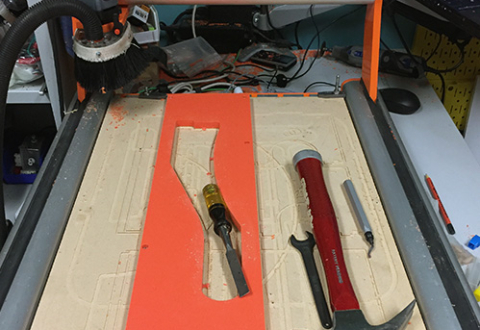This year, students’ anticipation of winter break feels different (for parents, too!). It’s less about a break from school for those who have been learning virtually since the spring. Valuable time for out-of-school educational experiences as a family have changed, too. Many museums and cultural institutions aren’t open. Visits with friends and relatives are shortened, distanced, or cancelled. For those of us who want to find a creative way to spend time together as a family, learn something, and differentiate it from virtual school time, we have to think . . . inventively.
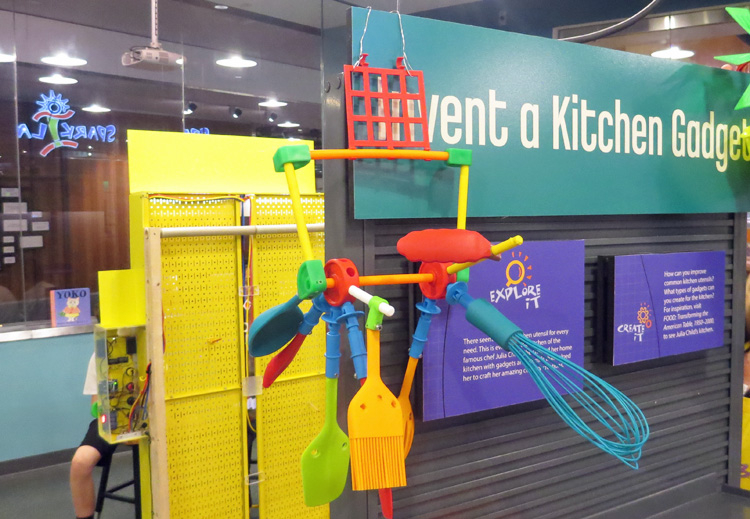
Inventing a kitchen gadget made use of toy sets and pieces of utensils to allow for innovation. What do you think this invention does? © Smithsonian Institution
Fostering an informal learning environment (over this winter break, that’s your home!) for inventive thinking can take many forms. At the Lemelson Center, when we interview inventors, we often hear that they were encouraged in childhood by parents or mentors to ask questions, make observations that sometimes involved taking small home appliances apart, and test solutions, no matter how improbable. It wasn’t about having access to fancy tools, lab equipment, or a mentor with patents to their name or highly paid jobs. Rather, their inventiveness came from looking at the world differently and challenging assumptions.
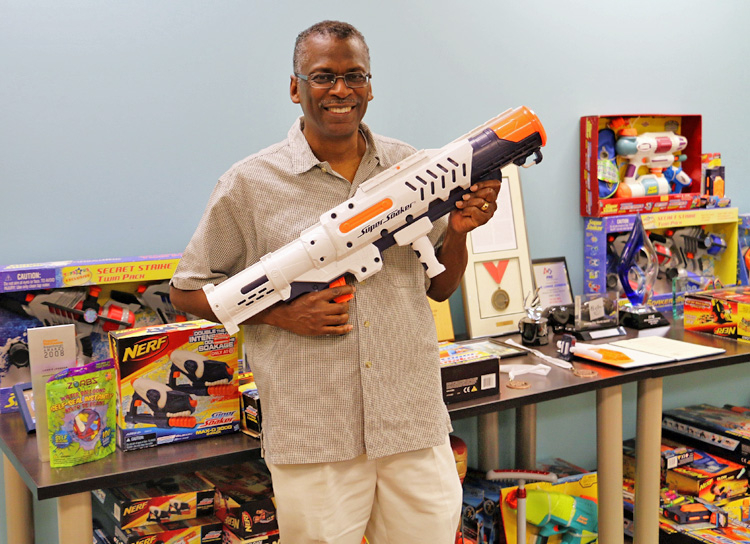
Growing up, Super Soaker inventor Lonnie Johnson loved tinkering and repairing things. Courtesy of Johnson Research & Development Co., Inc.
Toys and building sets can be a powerful tool to kick-start invention through exploration of new materials. Sets without directions or an end goal provide ways to prototype inventions without preconceived notions about following steps or finishing (and then ignoring) a product. When you’re thinking about encouraging inventive thinking and problem solving, toys that lean towards engineering often spring to mind, with pieces that snap together, buzz, and whir. But also seek out toys that highlight design as a part of invention, whether that’s with an eye towards how others will use an invention, the appeal of an invention as a marketing tool, or design for the sake of individual preference, like architecture or fashion. Color, texture, and shape all play important parts in inventing for yourself or others, from cars to shoes to dolls to houses.
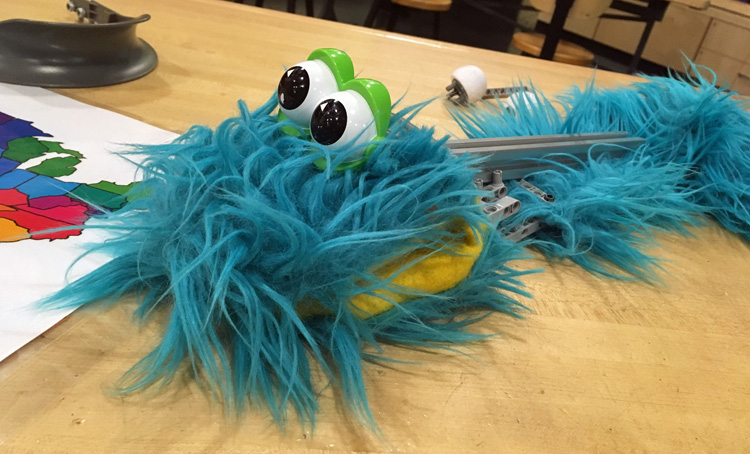
Inventing a lifelike character involved toy sets along with some more organic elements that allowed inventors in Spark!Lab to design a truly unique creation. © Smithsonian Institution
A great way to blend the engineering and design aspects of invention is to combine building sets or toys with unexpected materials. In challenges like “Invent A Puppet Character” or “Invent a Home Cleaning Device,” building sets attached to fabric and pieces of household cleaning toys allowed visitors to build frameworks to use materials in different and unexpected ways. If you’re inventing at home, you could use bolts, glue, hook-and-loop fastners, or tape to connect toy sets to materials like fabric, cardboard, PVC pipes, or wood for some out-of-the-box inventing. Speaking of out-of-the-box, ‘tis the season to have a bunch of packing materials around, if you’re exchanging gifts this winter (or just shopping online a lot more in the pandemic!). From cardboard shipping boxes to used wrapping paper, single-use materials make great prototyping fodder.
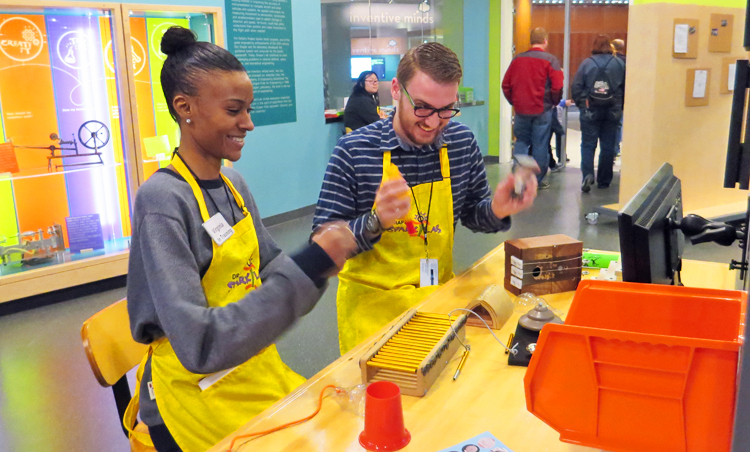
Volunteers in Draper Spark!Lab invent their own soundtrack to cartoons using a collection of items you might find around the house. © Smithsonian Institution
No matter what kinds of things you have at home, inventive thinking comes from inspiration and asking questions. You can learn more about inventors, real and fictional, by reading books (check out some of our favorites).
Empowering everyone in your family to feel inventive means looking at what you’ve always done and asking what you could change. What’s something that’s bugging each person in the family, that they could change for themselves? What about something for others, in the family or community? Are there things you could use in a different way to solve a problem? “The possibilities are infinite!
For more winter break activities, visit our DO Try This at Home page!





